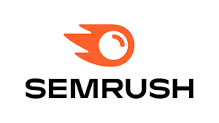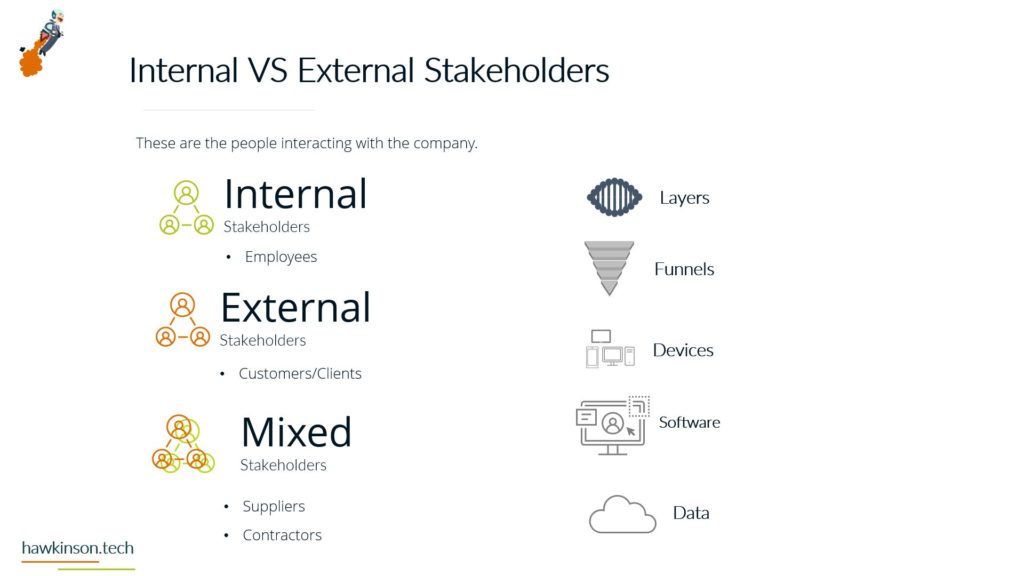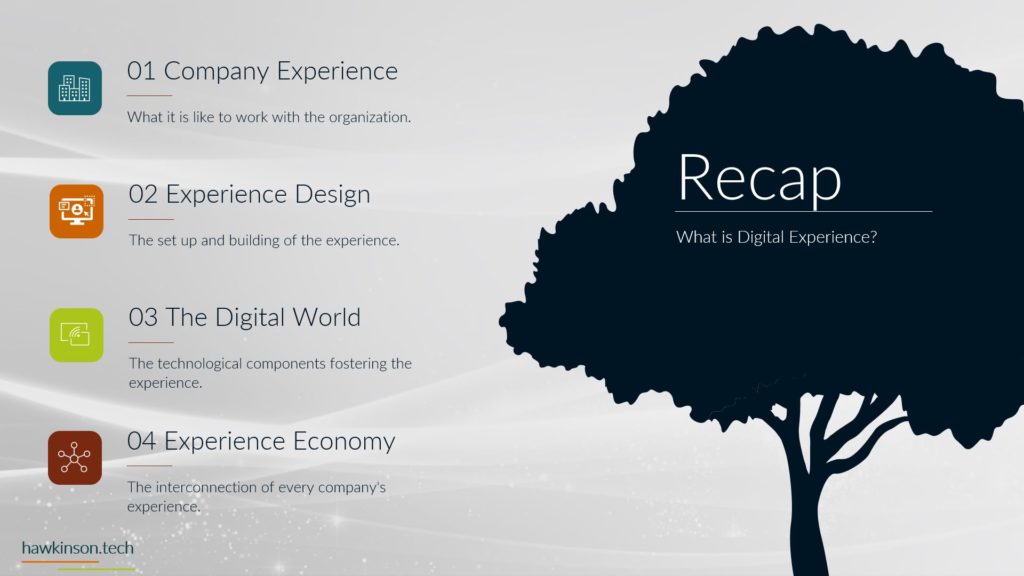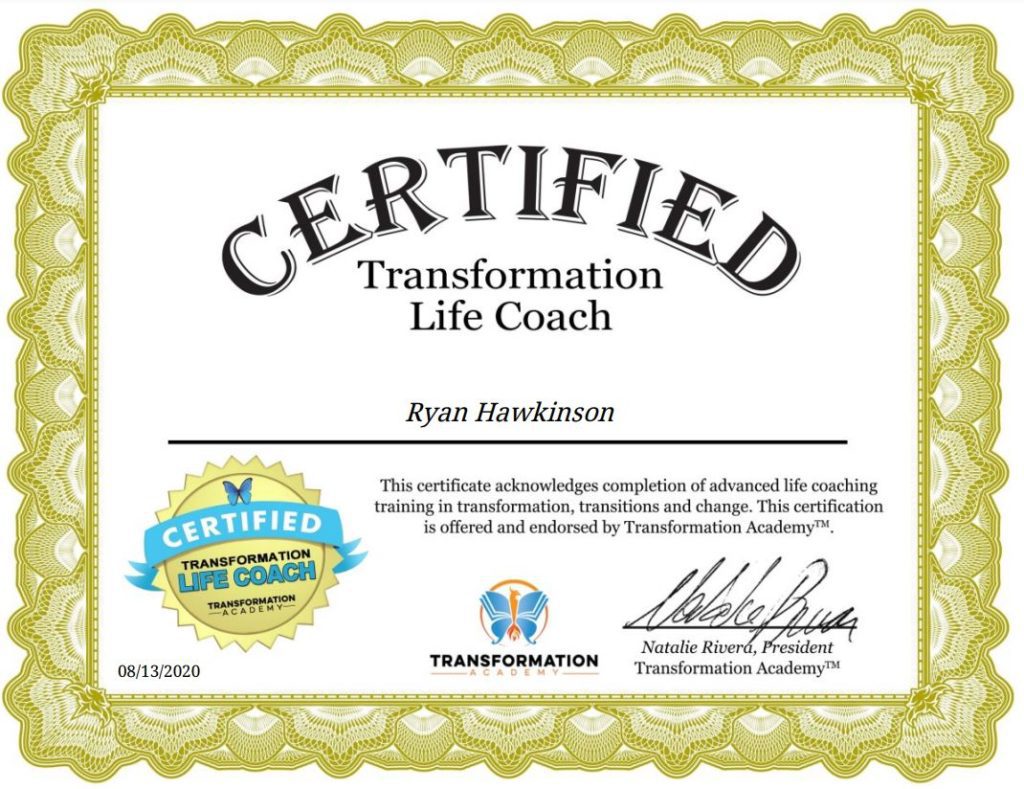Semrush is a popular all-in-one digital marketing tool that provides a wide range of features for website owners, marketers, and SEO professionals. It enables businesses to run pay-per-click, social media, content, and search engine optimization campaigns and get measurable results from them.
Key Features
Profitable Keywords
With the help of Semrush’s robust keyword research tools, you may uncover profitable keywords for your website and content marketing initiatives.
Competitor Analysis
Analyzing your competitors’ websites, backlinks, and content tactics on the platform will help you learn more and spot areas where you can improve.
Site Assessment
Semrush offers a thorough site audit tool that evaluates your website for technical SEO issues and makes recommendations for improvements to help you rise in the search engine results pages.
Backlink Analysis
The platform enables you to examine your website’s backlink profile and find opportunities for high-quality link-building.
Content Analysis
Semrush offers tools for reviewing your website’s content, and pinpointing and optimizing weak points.
Rank tracking
Semrush allows you to track your website’s search engine rankings for specific keywords and compare your rankings to your competitors.
Other Features
- Advertising research
- On-page SEO
- Reporting
- Customer service
- Tools for Amazon
- Content marketplace
- Webinars and tutorials


























